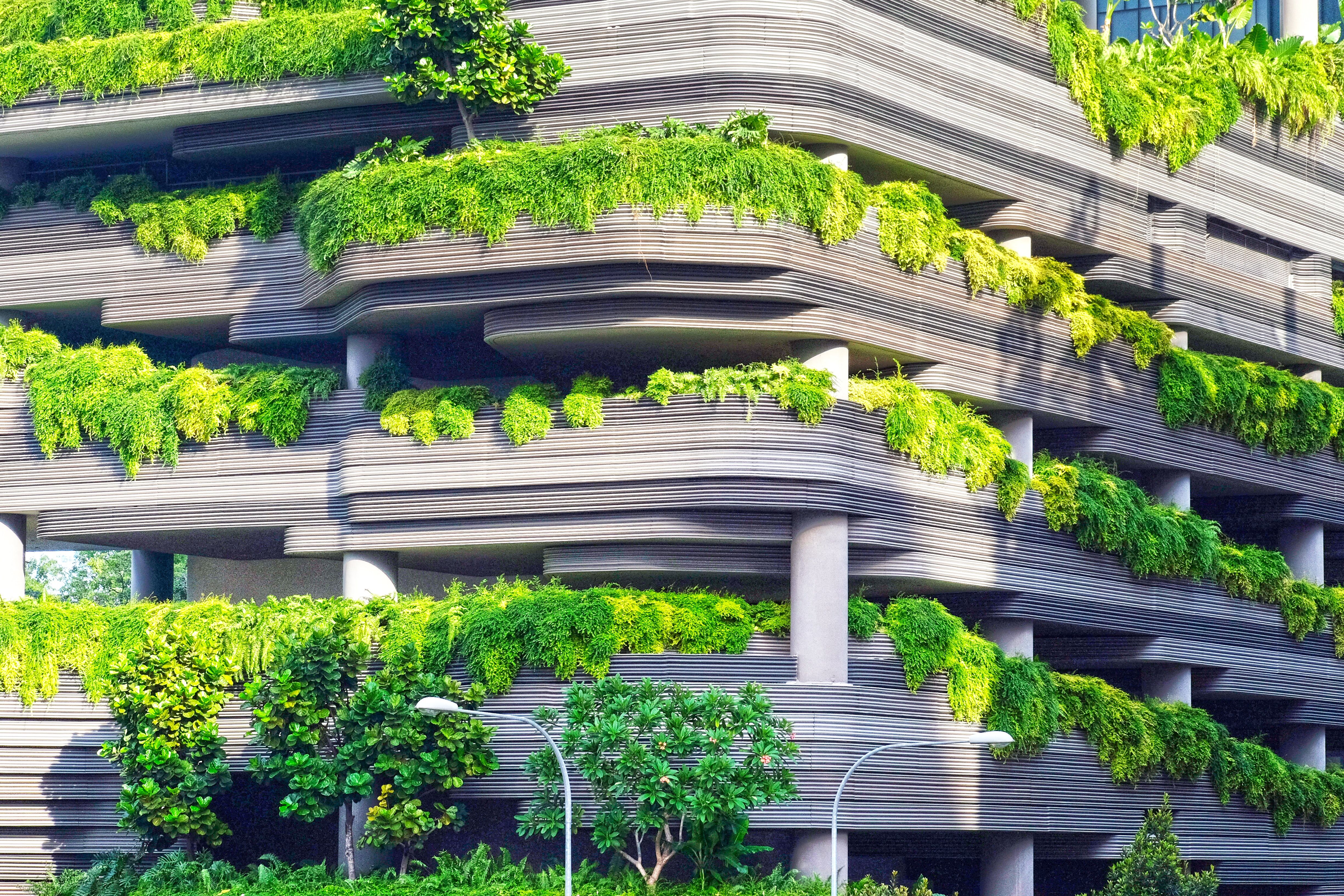
Life after coronavirus - The importance of the green spaces within our cities
After weeks of lockdown and with the health and wellbeing of the nation rarely being out of the news, I have found myself looking for positive situations that have come about due to the current situation we find ourselves in.
As a landscape architect, I have always been interested in the link between good quality green space and people’s health and wellbeing. Research has proved that people's physical and mental can be improved by providing access to high good quality local green spaces. Historically, landscape architecture came about as a profession due to the need to create places that were beneficial for peoples’ health and wellbeing within the larger industrial cities.
The green spaces within our cities such as parks, playgrounds, allotments, playing fields, residential open space and school grounds, if properly designed can help to improve mental and physical health. Regular access to these spaces for a little as 30 minutes a day can help to reduce morbidity and mortality for local inhabitants. This can be achieved through simple exercise such as walking or cycling, something which I have found myself and my family doing on a regular basis during lockdown.
Access to these green spaces has also been linked to improved psychological relaxation and stress alleviation, as well as creating and improving social cohesion and encouraging physical activity.
By embracing nature and working with like-minded disciplines such as architecture, ecologists and green engineers, we can provide green spaces that will reduce exposure to air pollutants, excessive noise and improve the biodiversity of our cities.
The most difficult challenge we face as designers of cities, residential areas, parks and green spaces is the pressure from clients to create dense and efficient developments that can improve financial stability but may provide the space to create the health and wellbeing benefits outlined above. Going forward we will need to educate and encourage clients to see that there is a balance between commercial gain and the social value we add to the projects we deliver.
Post COVID-19 projects may be measured on how we have improved environmental sustainability, reduced disaggregation, as well as the impact the project has on carbon reduction. Another factor to consider will be how we design external spaces to encourage the segregation of people, which as we know is one of the key aspects of slowing the spread of disease.
When planning cities and the green space within them we will need to balance the needs of public health with the demands of the climate and the biodiversity emergency, and this could be difficult.
There will be a renewed focus on finding design solutions that create green spaces in cities to enable people to socialise without being compressed into the public realm, cafes, restaurants, bars and clubs. Given the high cost of land, success may depend on significant economic reforms at government level in terms of how land is valued and purchased.
However, it is my belief that the landscapes of the future will see green space and access to this being at the forefront of all urban and landscape projects and that we will embrace the design of these and the positive benefits they can bring to the communities who use them.
Space will be leading the field by designing exciting, accessible, functional, environmentally sustainable green spaces within our cities.
One project where this will be undertaken is the Darlington Railway Heritage Quarter where we have already begun to look at how the public realm can be designed to allow access to a key site within the urban setting of Darlington.
Watch this space for further information.
Author
________________________
Nick Jaszynski
